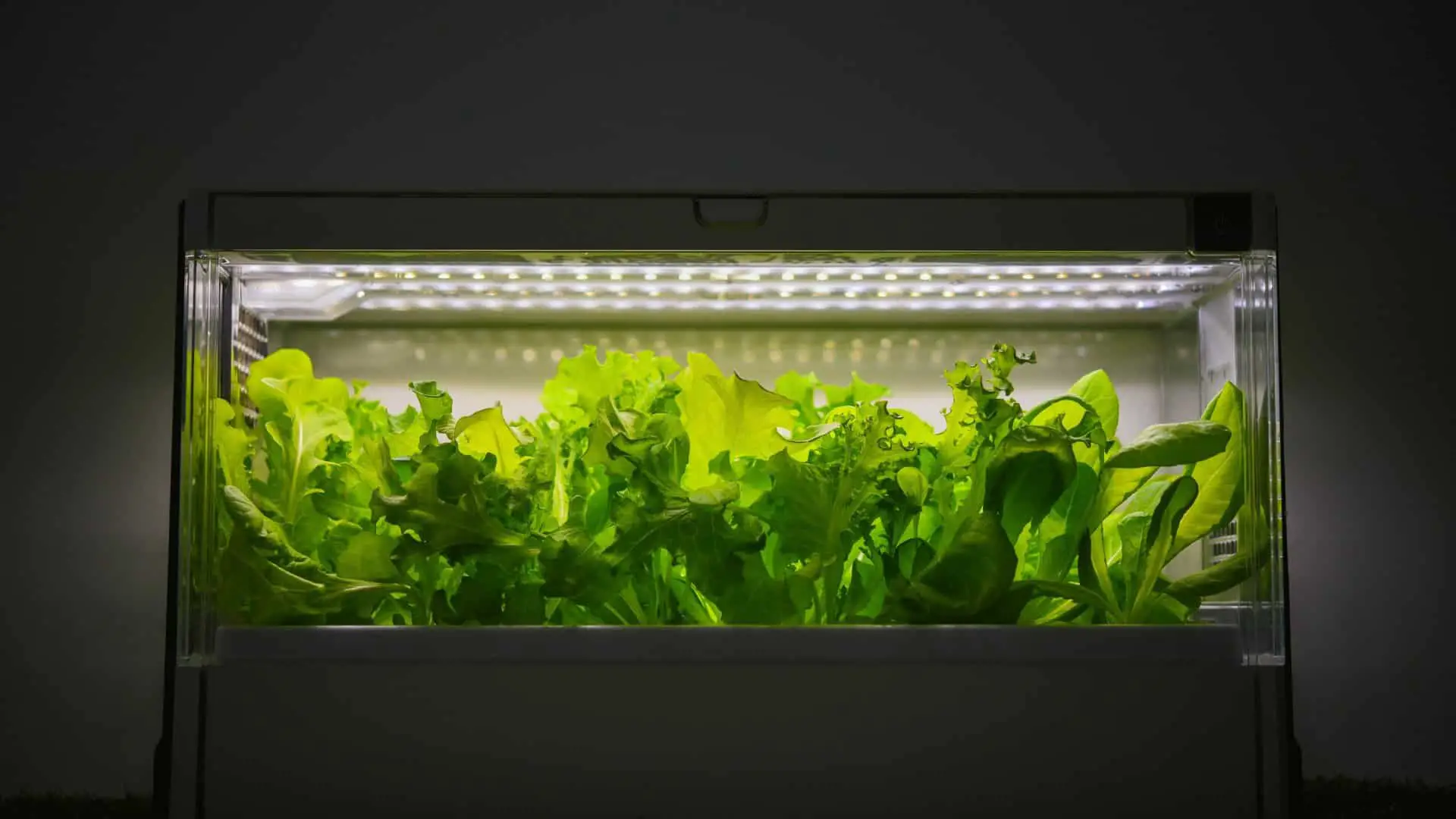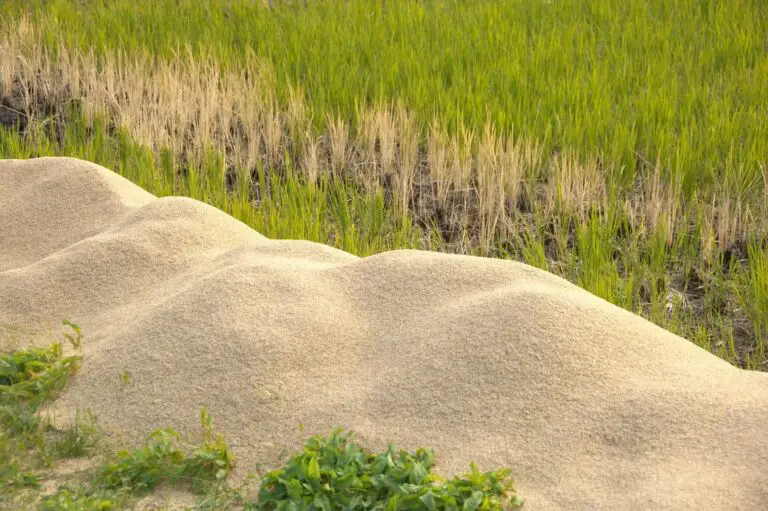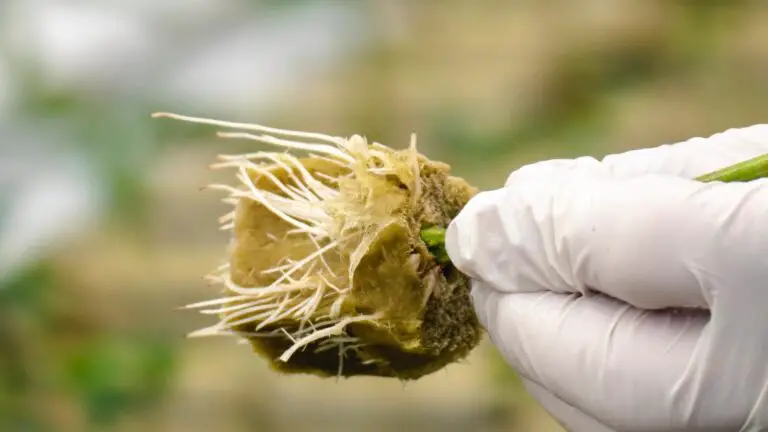The Different Types of Growing Mediums for DWC (Deep Water Culture)
Disclosure: Your purchases through our links may earn us a small commission, supporting our site’s ability to provide valuable information to our readers. Rest assured, it won’t impact your price. Thank you for your support.
Deep water culture, or DWC for short, is a type of hydroponic growing that has become increasingly popular in recent years. There are a few different types of growing mediums that you can use for DWC, and each has its own pros and cons. In this blog post, we’ll look at some of the most popular options. So that you can make an informed decision about which is suitable for your needs.
What Is Deep Water Culture (DWC), And How Does It Works?
DWC is considered one of the most efficient and straightforward hydroponic systems to set up and maintain. The plant roots are constantly submerged in an aerated nutrient solution, plants grown in DWC systems tend to grow faster and produce larger yields than those grown in different types of hydroponic systems. Additionally, DWC is relatively forgiving regarding maintenance and requires fewer moving parts than other hydroponic systems.
DWC supplies plants with oxygenated nutrients through a submerged network of air pumps and bubbling air stones. In DWC systems, plants are grown in a plastic net pot placed inside a watertight growing chamber. A small air pump delivers oxygen to the roots of the plant 24 hours a day via an air stone or diffuser, providing a steady supply of dissolved oxygen.
Related:
How Deep Water Culture (DWC) Hydroponic System Works?
How to Set Up DIY Deep Water Culture (DWC) Hydroponic System?
10 Tips for the Deep Water Culture (DWC) Hydroponics Systems (DIY)
What Are the Best Growing Mediums for Deep Water Culture
You can use several growing mediums for deep water culture, each with its advantages and disadvantages. The three most common types of growing mediums used for DWC are clay pellets, Rockwool, and coco coir.
1. Rockwool
One of the most commonly used growing mediums for DWC is Rockwool. Rockwool is made from spun lava rocks and is known for being exceptionally absorbent. It is an inert medium that holds nutrients well and drains quickly. This makes it great for keeping roots properly aerated and preventing them from becoming waterlogged. Rockwool is easy to work with and does not require frequent pH adjustments.
However, Rockwool can be difficult media to work with and isn’t always the most comfortable material for growing plants. It can irritate the skin and lungs if inhaled. It can also be expensive, although it lasts for several grows before needing to be replaced.
Related:
How to Treat Insulation Rockwool for Hydroponic Growing
12 Top Benefits of Rockwool in Hydroponic Systems
2. Clay Pebbles
Clay pebbles are another popular option for DWC growing mediums.
Clay pebbles are made from fired clay and are pH neutral, which means they won’t affect the nutrient solution in your system. They’re also very lightweight, making them easy to work with. Also, they are inexpensive, drain well, and are not compact over time.
The downside of clay pebbles is that they can be challenging to clean if they become soiled with roots or other debris. Also, clay pellets can be difficult to work with and require frequent pH adjustments to maintain optimal pH levels.
3. Expanded Clay Aggregate (ECA)
ECA is similar to clay pebbles but is made from expanded clay instead of fired clay.
ECA has all of the same benefits as clay pebbles but is slightly more durable, meaning it will last even longer before needing to be replaced.
However, ECA can also be more expensive than other options.
4. Coco coir
Coco coir is made from the fibers of coconut husks.
It is an environmentally sustainable option that holds nutrients well and drains quickly. Coco coir does not require frequent pH adjustments like clay pellets and is easy to work with.
However, coco coir can be expensive and tends to compact over time, which can restrict root growth.
Related:
Should You Use PH Test Strips or Digital PH Meters for Hydroponics
How to Measure EC, pH, DO and Temperature in a Hydroponic System
A Beginner’s Guide to Buying a Digital pH Meter for Hydroponics
11 Steps to Choosing the Right Fan for your Hydroponic Grow Rooms
Click the following link, if you are looking to buy complete kit for Deep Water Culture hydroponic system and select the best one suited for you.
To set up a DWC, you will need the listed item. Check the link for latest products.
- A container or tank that is large enough to hold your plants and solution
- An air pump
- A bubbler or air stone
- Net pots
- Nutrients
- Grow medium
- Seeds or clones
- A timer — Optional
Conclusion
Deep water culture (DWC) is a hydroponic system that operating using an air pump and bubbling air stones to deliver oxygenated nutrients to plants through their roots. There are several different types of growing mediums that you can use for DWC, each with its own set of benefits and drawbacks. In this blog post, we looked at some of the most popular options. So that you can make an informed decision about which one is right for your needs.
Thank you for reading!
Also, read:
How to Choose the Right Hydroponic System for Your Needs?
Successful Hydroponics in Any Climate
The Difference Between Kratky and DWC Hydroponic Systems






